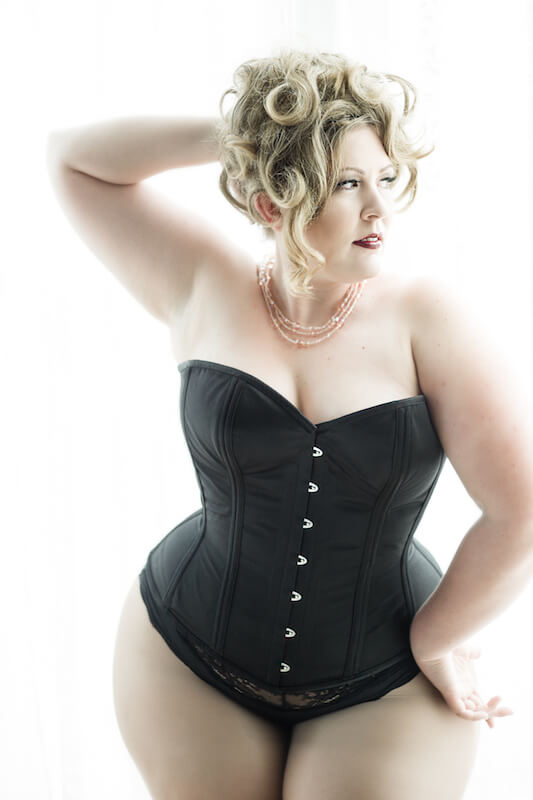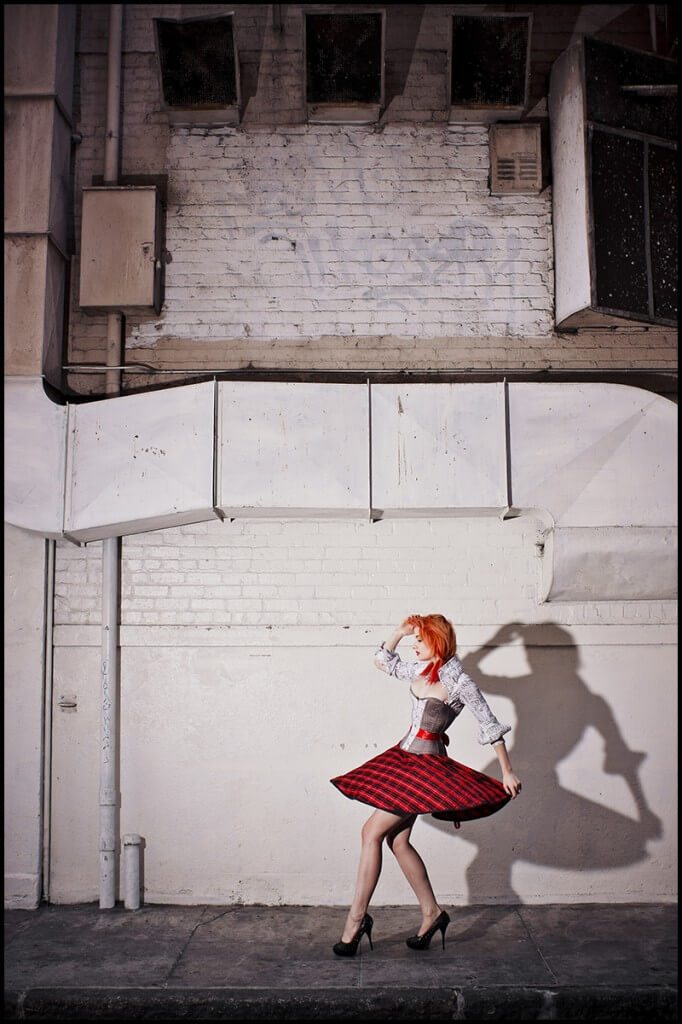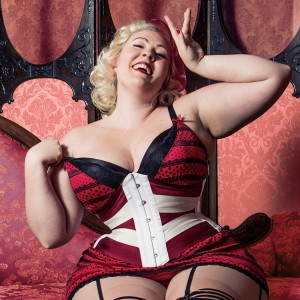Corset Talk: It's Hip to Be Squishy
When discussing corsets, the word "squishy" inevitably comes up. Though outside the corseting community, the word is used as as a euphemism for being full-figured (or as a reference to Finding Nemo…), when talking corsets it has a rather different connotation. "Squishy," or, "compressible," if one wishes to be delicate about it, refers to the body's natural ability to be reshaped by a corset. In other words, when it comes to corsets, squishy is unequivocally a very good thing. Knowing how and where you are squishy is a valuable facet to corset wearing --- and shopping.
It's a common misconception that "squish" is directly and consistently related to size. While there is certainly a trend along those lines, I have fit plenty of folks who defied the rule. Some slim people can be very squishy; some large people are very firm. As always with corsets, each body is different. The broadest generalization I would make is that anyone particularly fit, with well developed core muscles and very low body fat on their stomach, will probably be rather un-squishy and more likely to find even a mild waist reduction uncomfortable.
Generally speaking, of course, a petite figure has less innate ability to squish --- there is less mass, and much of it is fairly fixed: bones and muscles. A 4" reduction on a 24" waist may be comparable to a 8" reduction on a 40" waist, though it is both empirically and proportionately significantly smaller. On the 40" waist, there's a greater proportion of compressible tissue (fat) to non-compressible (bones). Organs, as we learned previously, are highly mobile by biological design.

© Sam Guss
Model: Victoria Dagger
Corset: Sparklewren, with conical rib shaping, excellent for those with compressible ribs or a natural conical shape.
The level of compression (reduction) possible will vary not only on the body being compressed, but also on the fit of the corset. By understanding how you are squishy, you get a much better idea of the type of fit appropriate to your body --- conical versus hourglass silhouettes and where the waist reduction can come from, etc.

© Karolina Marek
Model: Victoria Dagger
Corset: Pop Antique, with signature cupped rib silhouette, well suited to non-compressing rib cages.
So how do you know if you are squishy? In my experience, there are three factors, easy to test in just a minute or two with nothing but your own hands. From top to bottom…
1. Rib compression. Place your hands on the side of your rib cage and squeeze. How easily do your ribs flex, and how much discomfort do you feel in the process? Now press your hands to the front of your rib cage --- how much do your ribs protrude, and do they compress at that angle? (If your ribs are fairly inflexible, as mine are, you may want to consider spiral steels so your bones don't get in an argument with the corset bones and end up bruised.)
2. Waist compression. Move your hands down to your waistline and squeeze. This is the most straightforward test of squish, but it is only one part of the equation.
3. Waist length. Feel the space between the bottom of your rib cage and the top of your hip bones. If they are very close (in approximate measure, less than an inch), it means you are short waisted. Someone who is long waisted has more room to compress since there is more space with a minimum amount of skeleton in the way.
Chances are, you are squishy in at least one of these ways. Of course, the ability to squish doesn't always translate to aesthetic or physical pleasure, and pressure points (distribution of compression) and construction style also make a huge difference in comfort. A certain amount of additional squish can be imparted by waist training, or even less-focused regular corseting. Ultimately, how much compression you go for is between your body, your mind, and your corsetiere, particularly when it comes to custom corsetry.
Has this expanded your understanding of corset fitting? Do you like to lace down as much as you can squish or do you just enjoy the structured and streamlined corset look? What other "Corset Talk" topics would you like to hear about in the future?










